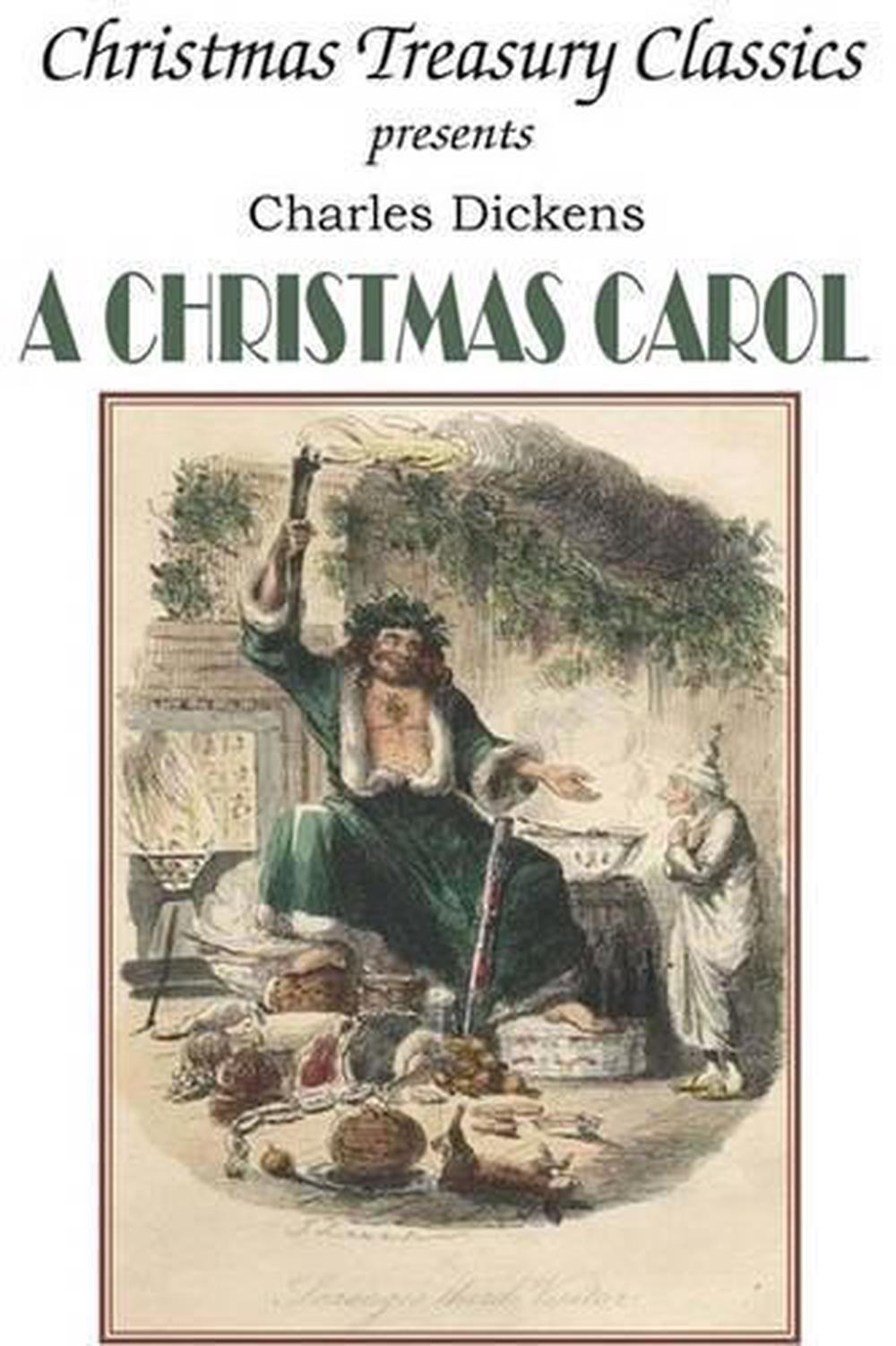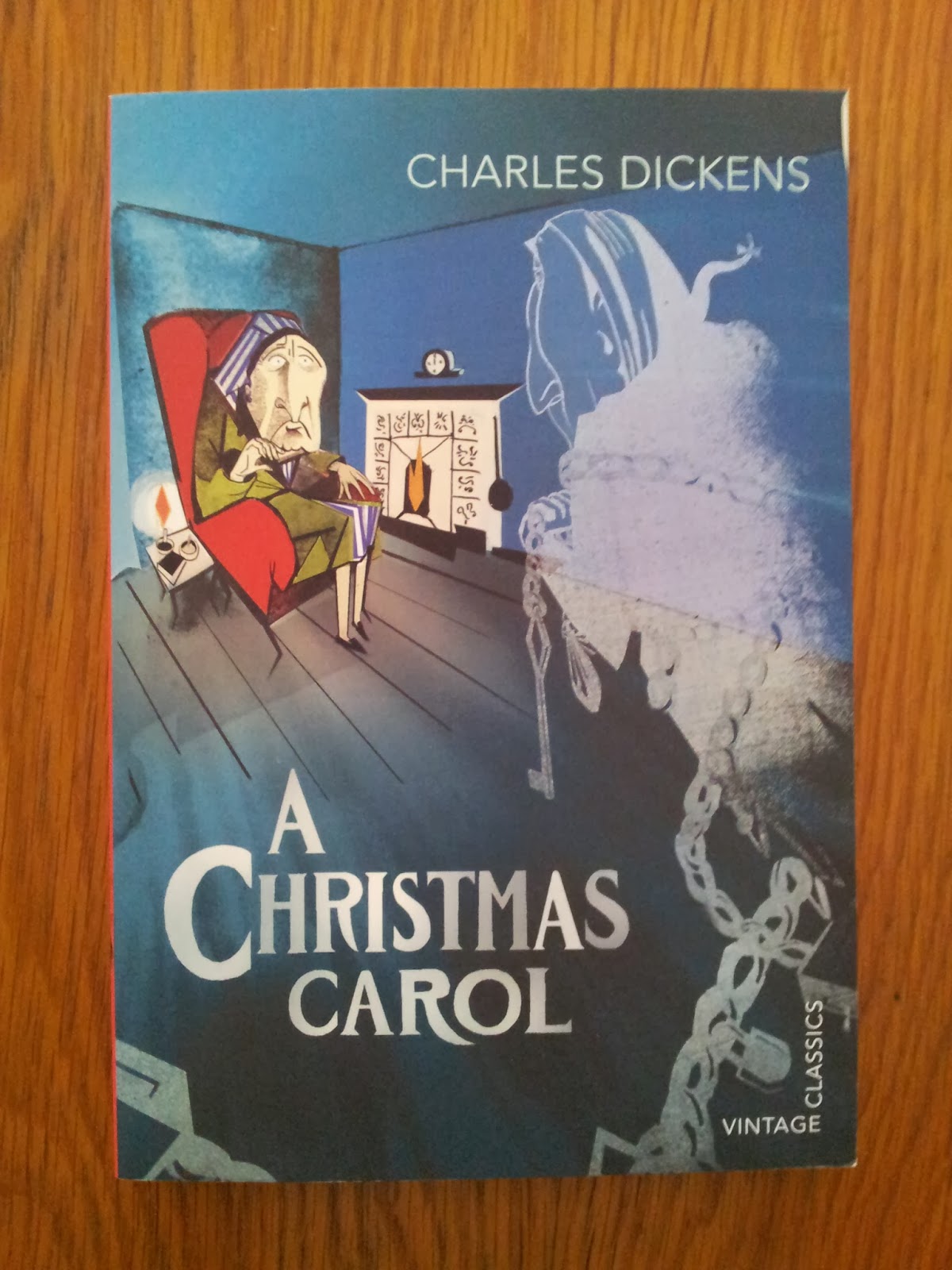
Since Tiny Tim already has a father, the point is perhaps not as clear to modern readers as it would have been to Dickens’s contemporaries: namely that the children of the poor were the responsibility of all of Britain, and if their own parents could not provide for them, then charity and generosity from the well-off was required. One of the most telling details in the novella is the revelation, following Scrooge’s conversion, that he will take on the role of father figure to Tiny Tim. Even the association of Christmas with snowy weather may have partly been down to Dickens: there are a dozen references to snow in A Christmas Carol, and it’s been argued that Dickens associated snow with Christmas time because of a series of white Christmases in the 1810s, when he was a small child: memories which stayed with him into adulthood.Īs with his previous novels, especially Oliver Twist, one of Dickens’s chief aims in A Christmas Carol, along with entertaining his readers, is to highlight to his predominantly middle-class readers the state of poverty and ‘want’ that afflicted millions of their fellow Britons. No wonder many people, when they hear talk of ‘the spirit of Christmas’, tend to think of goodwill to all men, charity, and benevolence.ĭickens invented none of these associations, but his novella helped to cement them in the popular consciousness for good.



Indeed, it has almost become something of an origin-myth for many Christmas traditions and associations, and was published at a time when many things now considered typically Christmassy were coming into vogue: Prince Albert’s championing of Christmas trees at the royal court, for instance, and even the practice of sending Christmas cards (the first one was sent in 1843, the same year that A Christmas Carol was published). But there is also something of the fairy tale – another form that was attaining new-found popularity in 1840s Britain thanks to the vogue for pantomimes based upon old French tales and the appearance of Hans Christian Andersen’s fairy tales in English – in the story’s patterning of three (three spirits visiting Scrooges), its supernatural elements, and the (spiritual or moral) transformation of its central character.


 0 kommentar(er)
0 kommentar(er)
